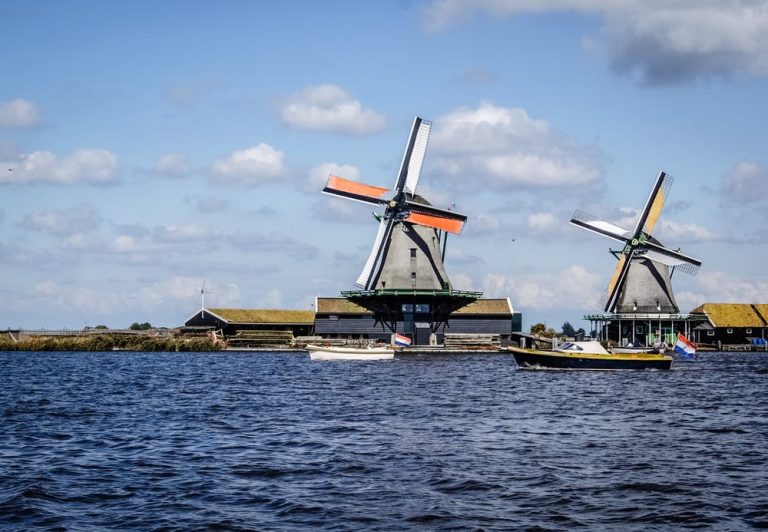Eco homes don’t just save energy consumption and the wildlife around them. They can also improve the health and wellbeing of those living in them. Before you embark on building an eco-home, ask yourself why you want to be eco-conscious?
There are many factors to consider before investing into eco-friendly materials and manufacturing methods. Make sure to do your research and understand the science behind renewable energy first!

What materials will you need to build the house?
A major benefit of building an eco-home from scratch is that you can design it to keep itself warm or cool. Before you install double glazed windows, consider the orientation of your home. The amount of glazing you need is dependent on the temperature, light and sun levels in the location. By calculating the thermal mass of the building, you can use materials that will absorb, store and release heat slowly.
You also need to consider the energy consumed in creating the house. This will include the energy used during construction and delivery. To reduce your embodied energy rate, use materials that are natural, local, recycled and reusable.
Renewable energy
While renewable energy sources are not vital for the building’s core materials, they do reduce your reliance on external energy sources.
Some renewable sources include:
- Heating through solar panels
- Biomass
- Electricity through PV (photovoltaic panels) or wind turbines
- Rainwater harvesting
- Greywater collection
- Composting toilet
- LED lighting
Stay connected to nature
The building fabric of your eco-home is essential for making your home eco conscious. However, the interior design of your home can also be connected to nature through natural materials. Oak, timber, organic paint and recycled materials are great ways to incorporate the environment inside your home as well.
Cox and Cox’s wooden tables make a stylish addition to any eco-home. Pair these tables with vibrant plants inside your home for a touch of Scandi style.
Natural light
The health and wellbeing of the people in the eco home is just as important as its environmental impact. ‘Healthy Homes’ focus on air quality, warmth, acoustics and natural light. Living in a green home improves your psychological wellbeing as well as being friendly to the wildlife outside.
Biophilic homes use green roofs and walls to help the house blend into the natural habitat. For those of you, who love nature and connecting with it, biophilia is the perfect way to replace the ecology you may have disturbed when building your home.
Check out these stunning eco homes for design inspiration. From beer can walls to rubber tyre roofs, eco conscious homes are a fun project for any architect. Save the environment, improve your wellbeing and explore your inner creative!



